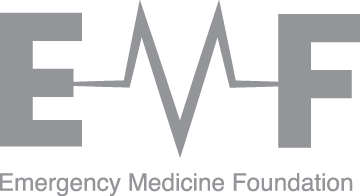A randomised controlled trial with parallel groups to determine if written instructions reduce contamination of clean-catch mid-stream urine samples.
To determine the value of additional written instruction in reducing contamination rates, to determine patient’s recollection, understanding of and compliance with the existing verbal instructions, and to determine patient’s understanding of, and compliance with written instructions.
Grant ID: EMSS000517
Project Summary
Urinalysis is commonly performed with samples examined for various chemicals, bacteria, viruses, parasites, fungi, proteins, blood and cells. A well collected mid-stream urine sample obtained to confirm or exclude urinary tract infection before the commencement of antibiotic therapy enables rapid, correct and reliable identification and antibiotic sensitivities of any infecting bacteria.
For ambulant patients the urine usually is provided through collection of a clean-catch mid-stream urine sample (MSU). Collection may be undertaken by the patient themselves or with the assistance of family, friend or health professional.
To avoid contamination by cells and bacteria, samples should be collected after discarding the first portion of the urine stream which flushes out the contaminating material. Contaminated urine may lead to false positive or uninterpretable results, inappropriate diagnosis and unnecessary or incorrect antibiotics. A known contaminated sample may necessitate a repeat test with resultant additional labour and consumable resources, potential for increased anxiety among patients and delays affecting performance targets associated with throughput of emergency department patients.
Within the Emergency Department instructions for collection of MSU are provided verbally to the patient by staff with content depending on the experience and communication skills of the individual health professional.
Outcomes
The intervention provides illustrated instructions to patients to demonstrate the correct technique to collect a urine sample. Researchers found that using the simple and inexpensive illustrated instruction cards reduced sample contamination by 25% to 40%. Female patients who used the instruction cards rated them highly, especially those with reading difficulties or from a non-English speaking background. Benefits include improved patient care by avoiding diagnostic delays, cost and time savings through avoidance of repeat testing and responsible and efficient use of pathology services.
Dissemination
Eley, R., Judge, C., Knight, L., Dimeski, G. and Sinnott, M., 2016. Illustrations reduce contamination of midstream urine samples in the emergency department. Journal of clinical pathology, 69(10), pp.921-925.
Eley, R., Sinnott, M. (2017). 'Health Check: what can your doctor tell from your urine? The Conversation. April 25 2017.
SHARE




